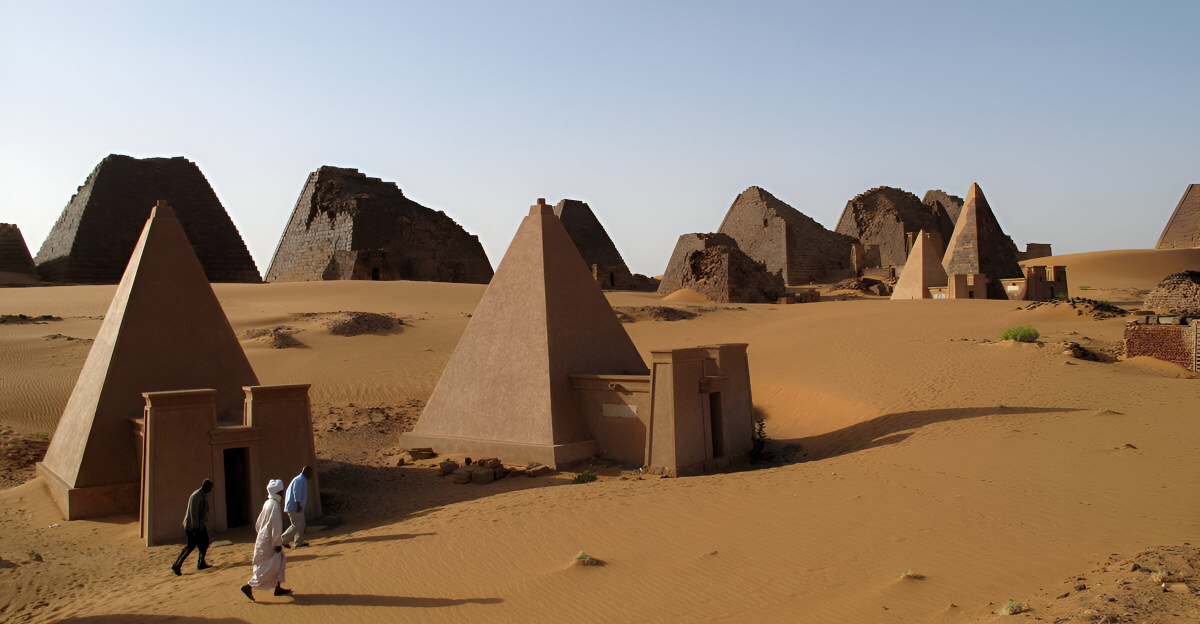
When you imagine the pyramids, chances are your mind goes straight to the Great Pyramid of Giza, one of the Seven Wonders of the Ancient World.
It’s difficult to imagine somewhere other than Egypt regarding these triangular tombs, and it makes sense: the country is home to some of the oldest and most famous. But could it be that the world’s largest collection of pyramids isn’t in Egypt?
What if there was another country, not usually associated with pyramids, that quietly holds a secret legacy within its sands?
This little-known fact questions our beliefs about ancient cultures and their architectural feats. Let’s unpack where these pyramids really stand.
Pyramids Beyond Egypt
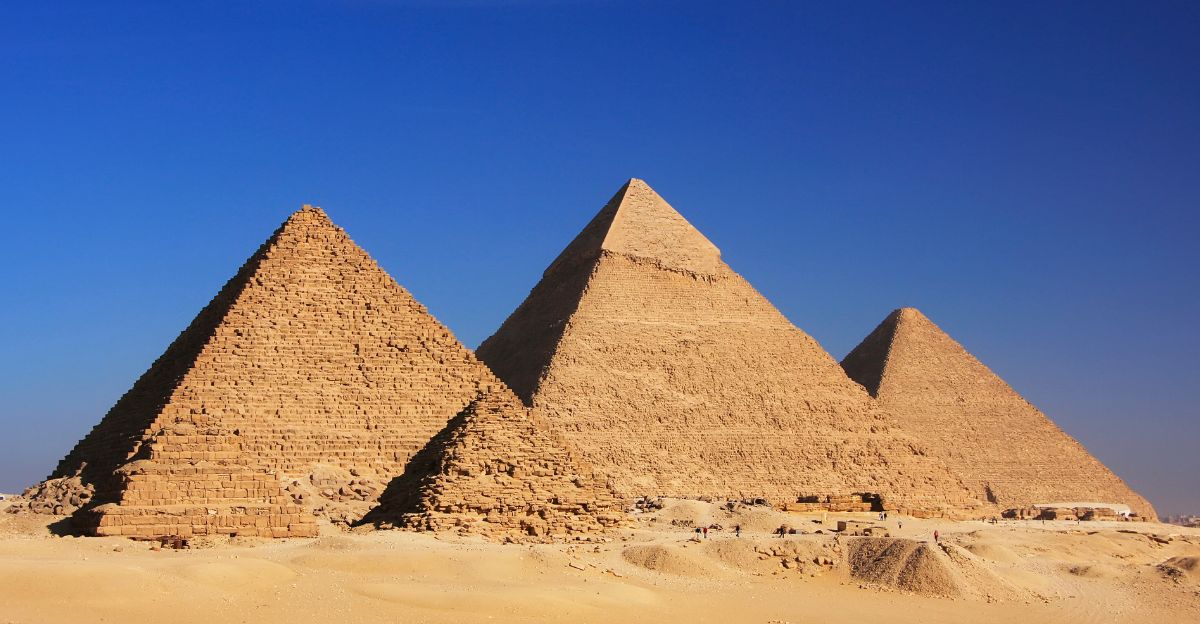
Egypt is home to roughly 120 pyramids. That number alone seems surprising, but another territory has nearly double that.
Just south of the Egyptian border, pyramids stand in the desert in surprising numbers, the remains of a culture that prospered centuries ago.
Despite their size and importance, they are still largely overlooked compared to their northern counterparts.
A Civilization in the Shadows
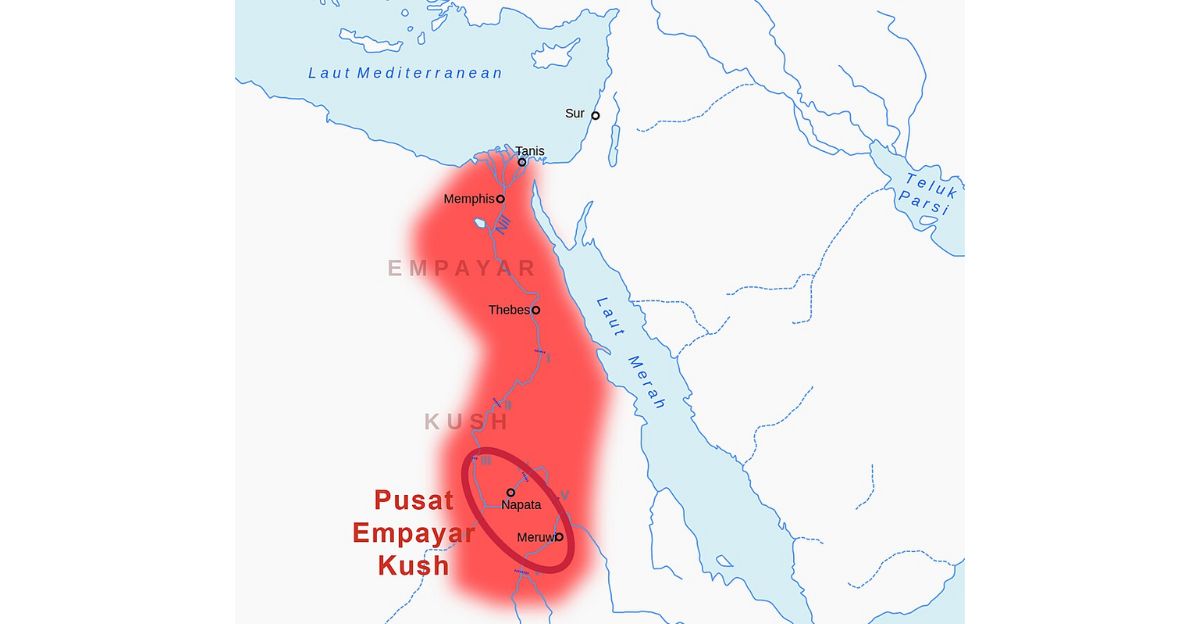
These pyramids can be found in the ancient Kingdom of Kush, which once flourished in Nubia, a region spanning southern Egypt and northern Sudan.
Though less known, the Kushites were a challenging power, trading with, battling, and even leading Egypt. Their pyramids hold clues about rulers who saw themselves not as imitators but as equals.
The Kingdom of Kush
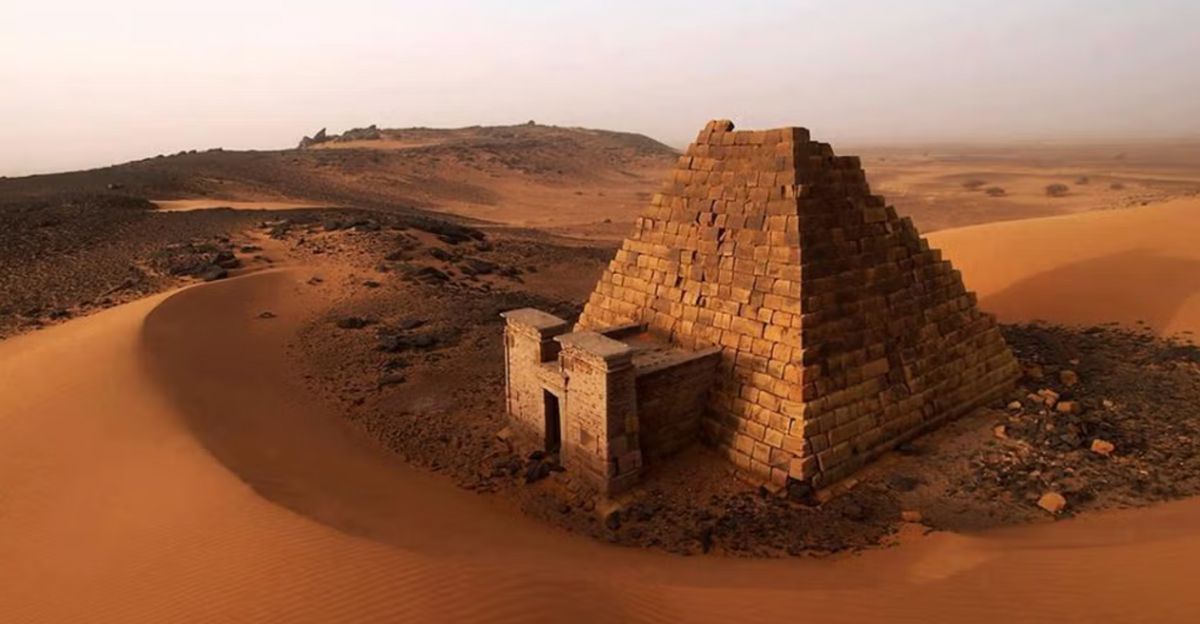
The Kushite civilization thrived between around 800 BCE and 350 CE. At its peak, Kush controlled extensive stretches of the Nile Valley, commanding critical trade routes.
They became so influential that they founded Egypt’s 25th dynasty, ruled by the “Black Pharaohs.” This was an age of great power, wealth, and cultural dealings.
The First Kushite Pyramid

The Kushite ruler Piye, who defeated Egypt around 770 BCE, was the first to commission a pyramid for his burial. Motivated by Egypt’s grandeur, he built his tomb at El-Kurru.
That move sparked a tradition of building pyramids stretching across centuries, making for the world’s most dense cluster of these monuments.
Enter Meroë

When the Kushites later moved their capital south to Meroë, near today’s Khartoum, the desert became dense with pyramids.
This site now holds nearly 200 of them, making it the most extensive collection of pyramids in one place on Earth. Meroë became a political hub and a sacred landscape of royal tombs.
What Makes Them Different
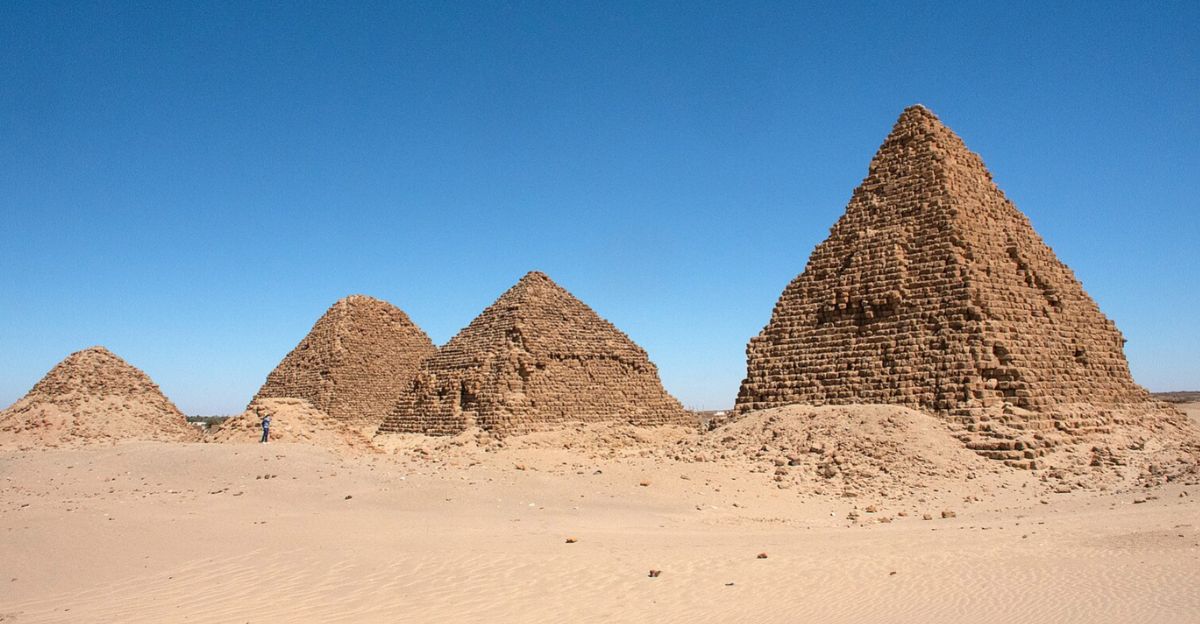
Compared to Egypt’s massive pyramids, the Kushite ones are smaller and steeper, and have sharper angles. The tallest reach about 30 meters, far less than Giza’s 146 meters.
Their proportions and arrangement in clusters make them instantly recognizable, demonstrating that the Kushites had their own style architecturally, while still inspired by Egypt.
More Than Tombs
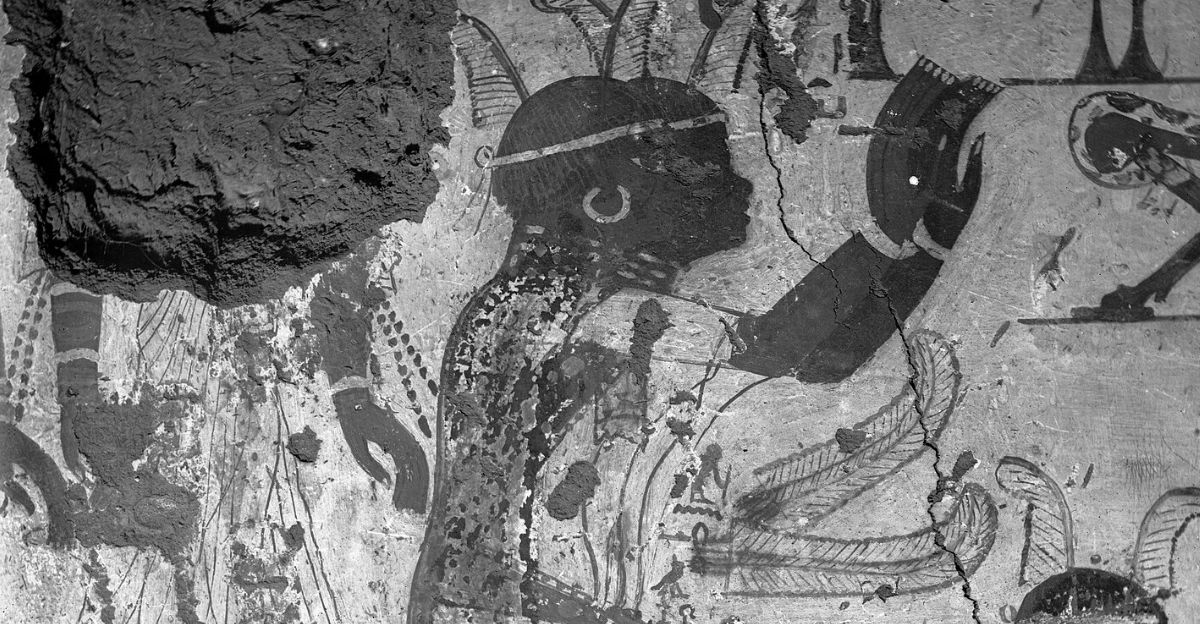
These buildings were not just symbolic. They were regal tombs. Kings, queens, as well as nobles were buried here, often alongside offerings and treasures.
Multiple tombs featured chapels adorned with detailed carvings, meddling Egyptian religious symbols with particular Nubian artistry. They symbolize a culture that valued both innovation and influence.
A Rivalry of Styles
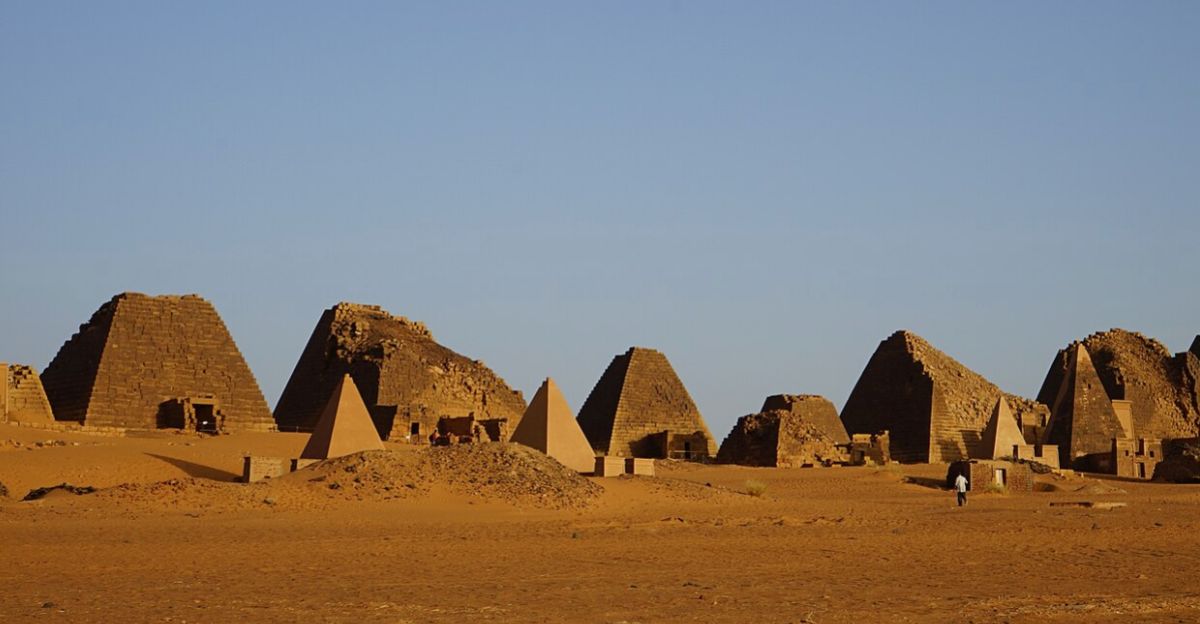
While Egypt’s pyramids are monumental and isolated , Sudan’s Kushite pyramids emerge in dense groups. This agglomeration is reflective of a different vision culturally.
The Kushites, instead of focusing on scale, emphasized numbers and divine proximity. The consequence is a necropolis that is strikingly different in appears from Egypt’s desert plains.
The Forgotten Empire

Despite their innovation, the Kushites have rarely been featured in mainstream history. Egypt’s pyramids overshadow them, and political unsteadiness in Sudan has limited global exposure.
However, the pyramids testify that African civilizations out of Egypt were equally as advanced, ambitious and powerful.
Rediscovery in the 19th Century

During the 1830s, Italian treasure seemer Giuseppe Ferlini happened to find Sudan’s pyramids. In hopes of discovering riches, he tore down many structures using dynamite, diminishing them to rubble.
His actions ruined the site, moving artifacts into European museums but leaving severe marks on Sudan’s heritage.
Modern Neglect
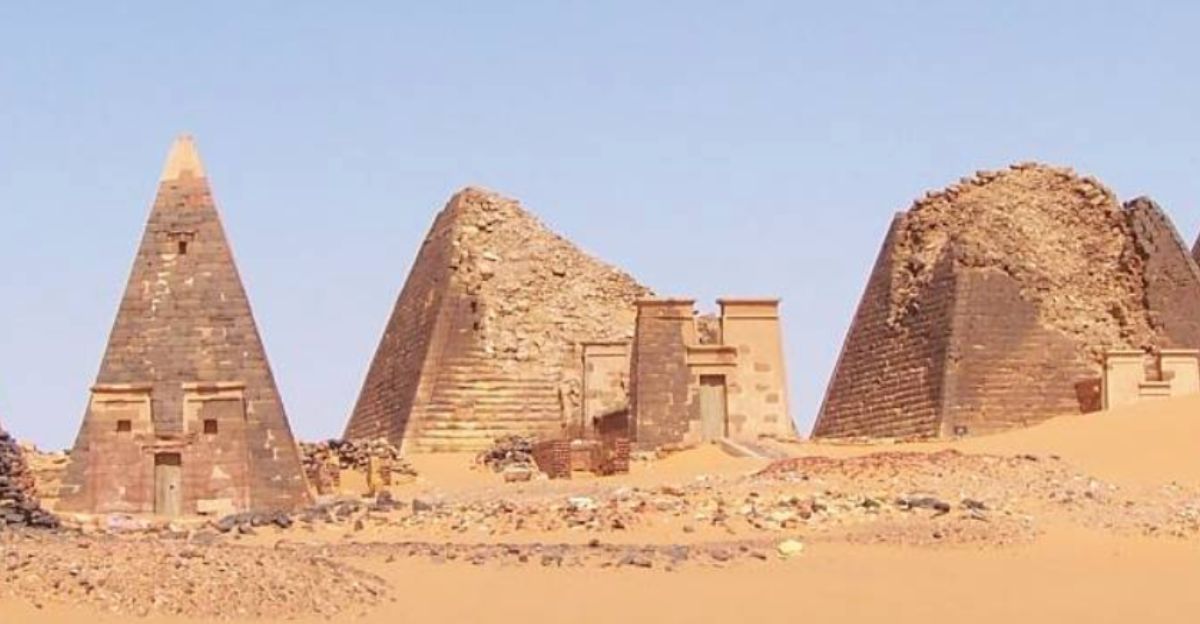
In modern times, these pyramids have been ignored. Sudan’s political struggle and economic turmoil meant not enough investment in preservation.
Sudan’s pyramids are often left in pieces, vulnerable to erosion and looting, unlike the preserved pyramids of Egypt.
A UNESCO World Heritage Site
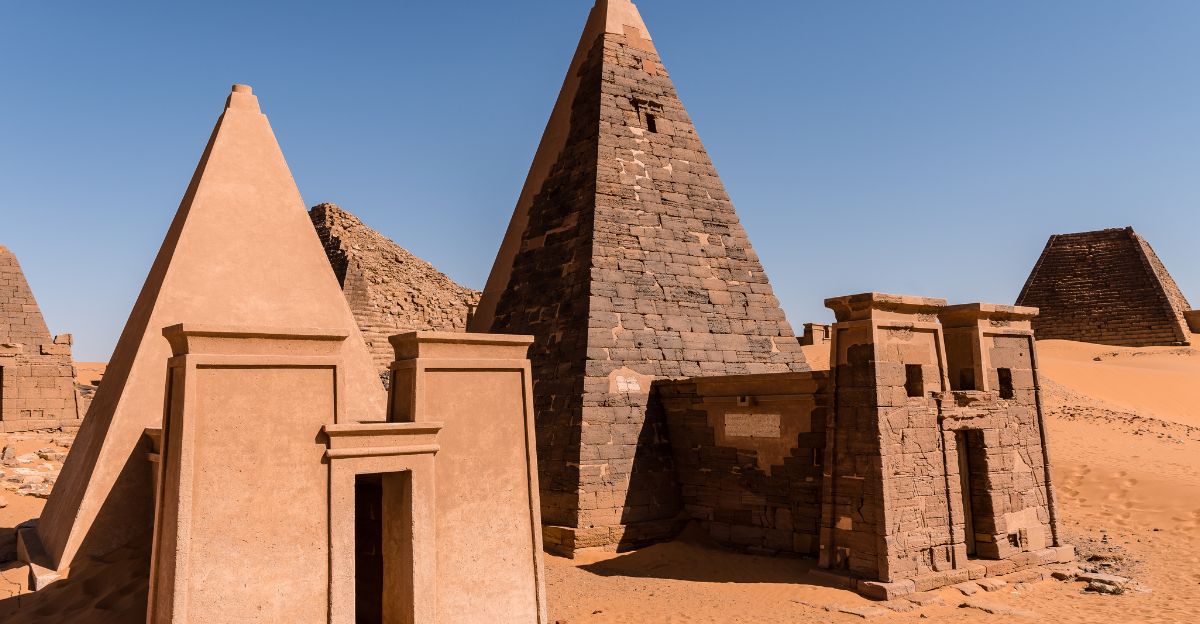
In 2011, Meroë’s pyramids were finally recognized globally when UNESCO declared them a World Heritage Site.
This status has sparked archaeological endeavors to target and study the remains, though funding setbacks still slow progress.
Tourism Potential
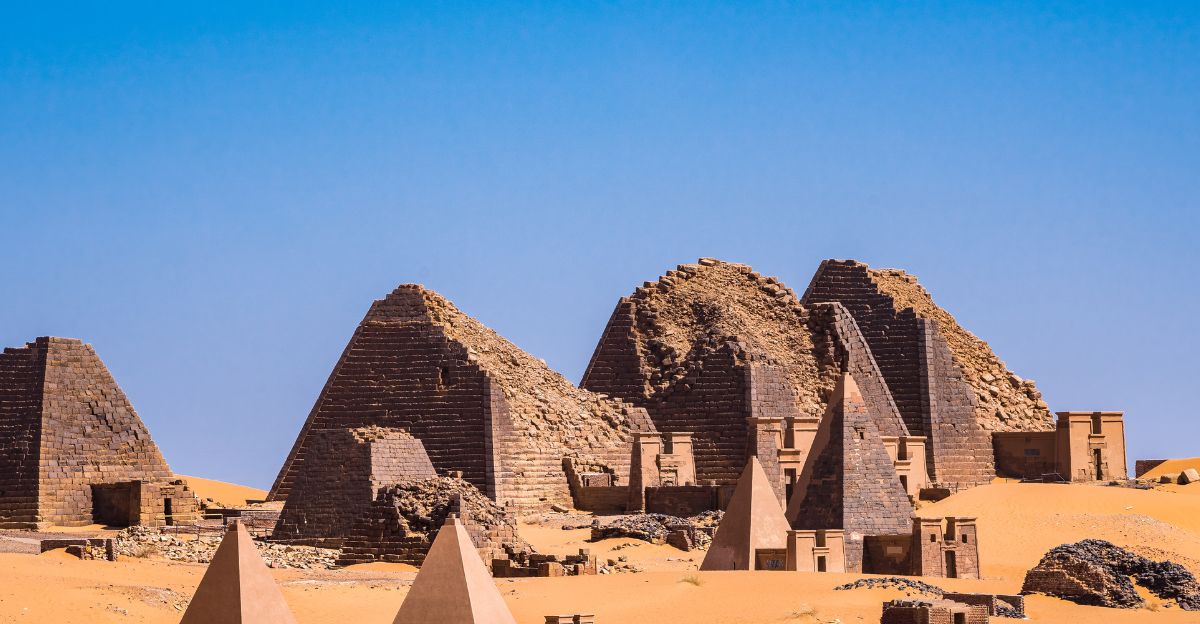
Meroë’s pyramid fields have huge tourism potential. Visitors can walk among dozens of pyramids in the absence of crowds; something unimaginable at busy Egyptian sites.
However, limited infrastructure, travel constraints, and security regulations have meant that these sites far from the mainstream tourist trail.
Architecture as Identity
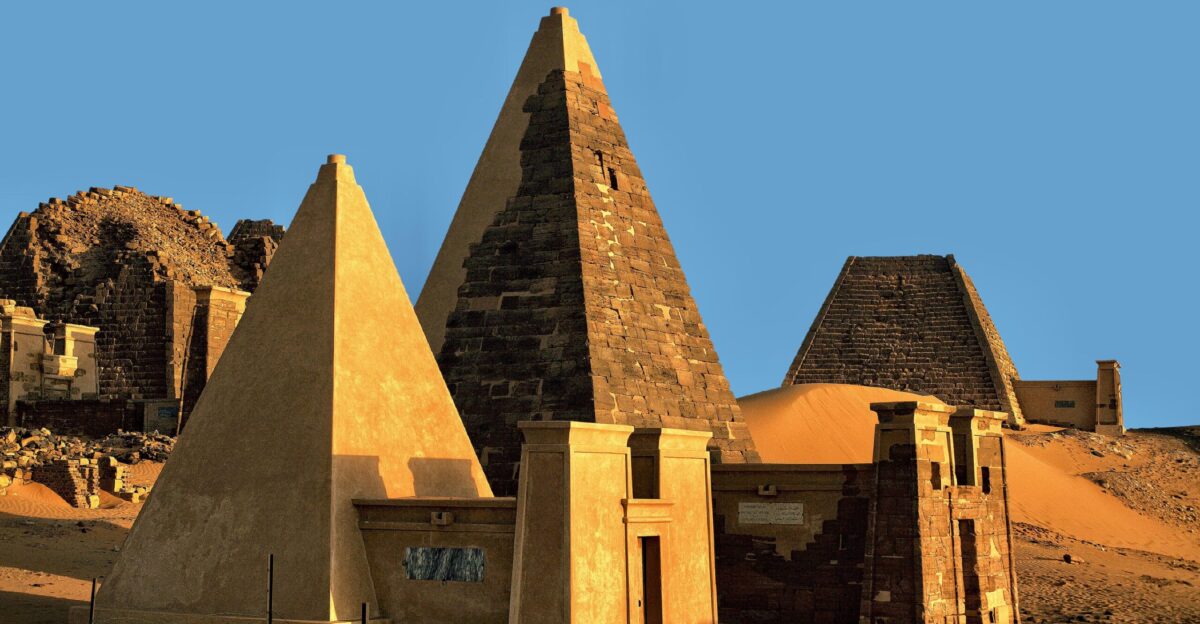
The Kushite pyramids signal how architecture can indicate cultural identity. The Kushites claimed their stature in history by taking on Egypt’s idea of pyramid burials but changing the form. They considered themselves as true heirs of Nile Valley traditions, while still unique in their designs.
Inside the Tombs

Excavations have uncovered burial chambers filled with items meant for the afterlife: weapons, jewelry, pottery and religious items.
These discoveries give archaeologists rich insights into beliefs, daily life, and trade webs that connected Kush with other parts of Africa, the Mediterranean, and further.
Women of Power
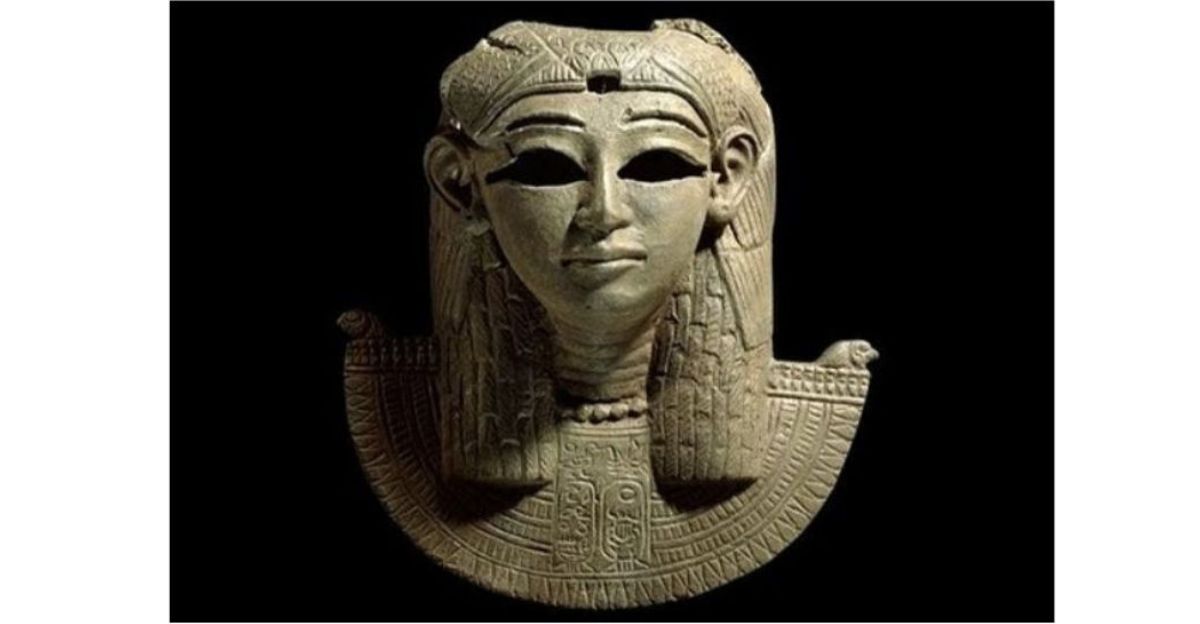
Many Kushite queens, known as “Kandakes,” were buried in their own pyramids. These women were significantly influential, sometimes ruling independently. Their presence in these necropolises highlights women’s important role in Kushite society and politics.
Challenges of Preservation
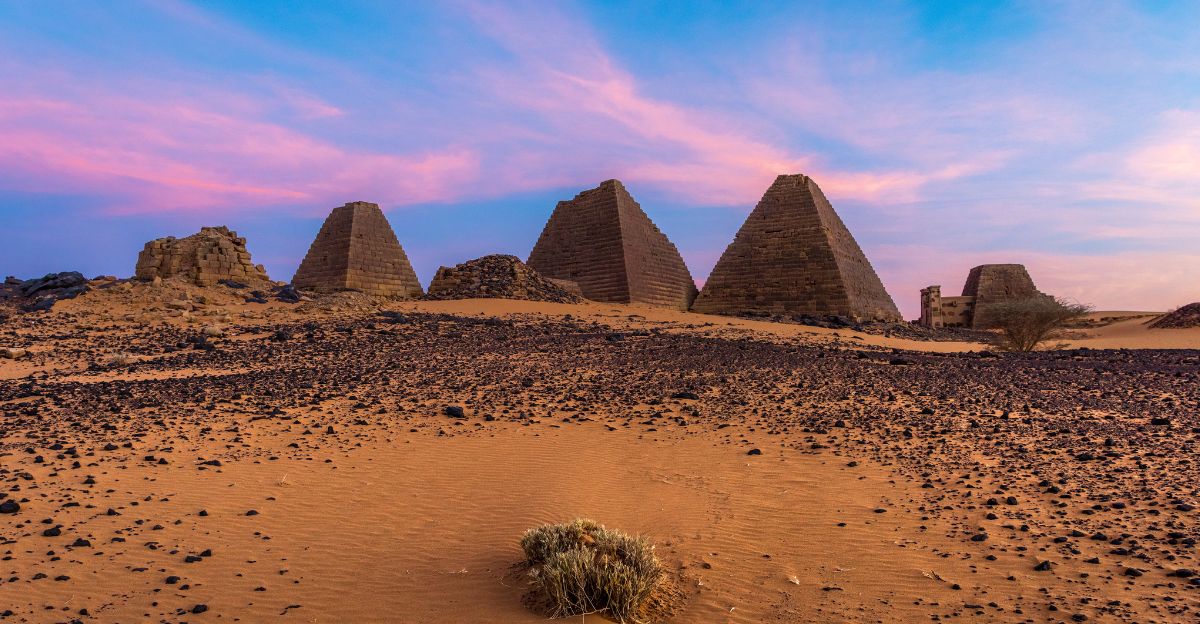
The pyramids face ongoing dangers. Sand encroachment, natural degradation, and human commotion still endanger them.
Preservation needs archaeological expertise, international collaboration, local engagement, and sustainable tourism initiatives.
Why They Matter
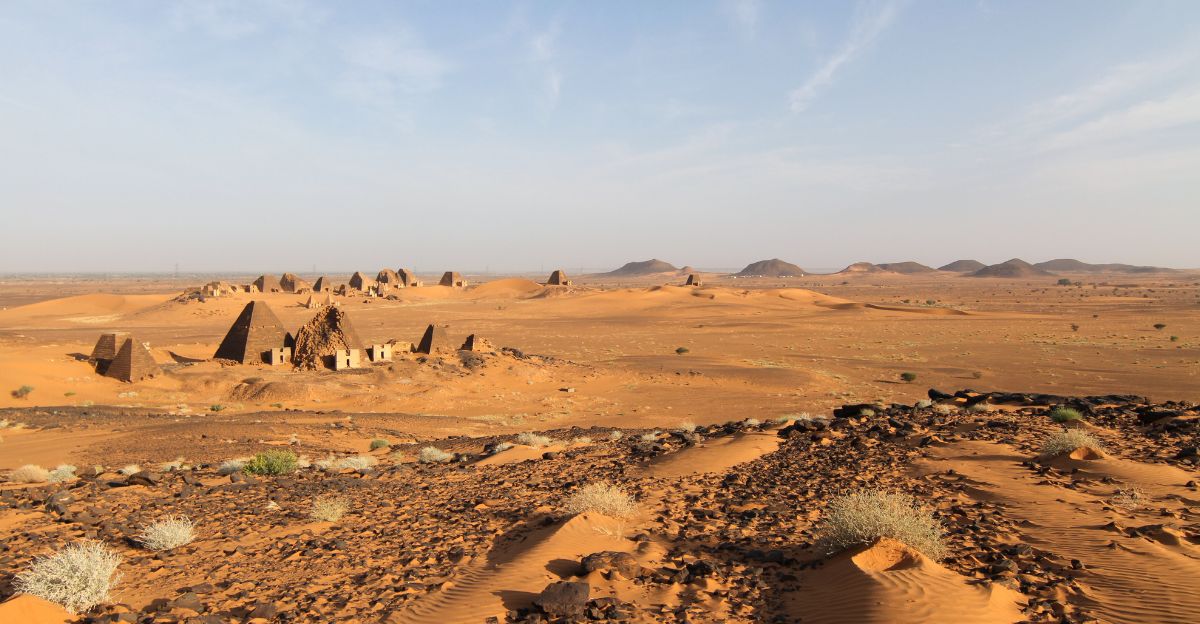
Sudan’s pyramids are a reminder that one culture does not define history alone. They prove that African civilizations out of Egypt were capable of innovation, artistry, engineering and governance. Seeing them changes our understanding of ancient power and expands the story of the Nile Valley.